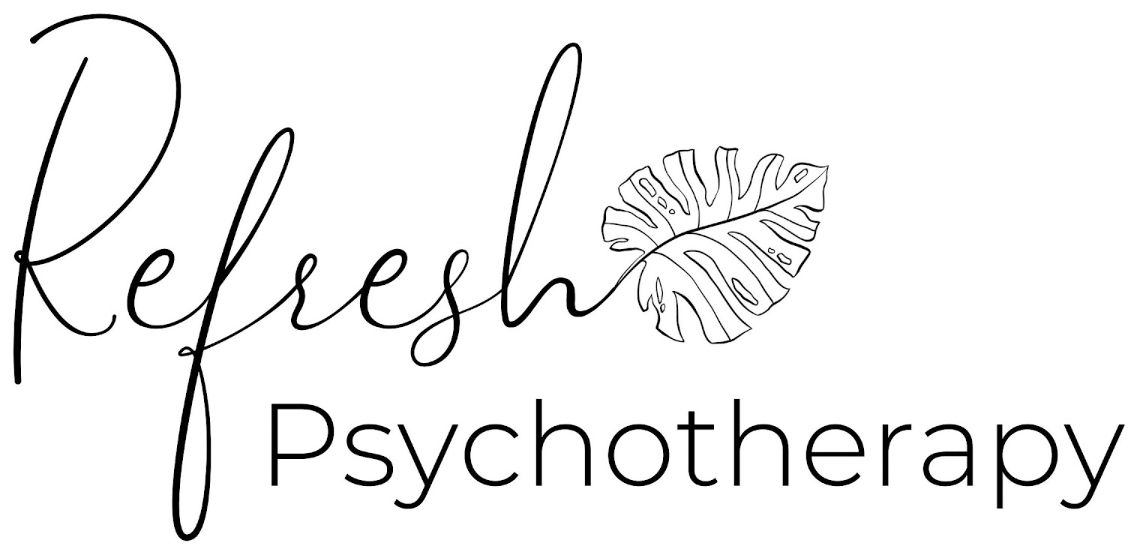
How Internalized Beliefs Shape Your Mental Health
Much of what we believe about ourselves doesn’t come from conscious thought. It’s shaped in layers—through experiences, family dynamics, culture, media, religion, and social expectations. Over time, these messages become internalized beliefs: invisible narratives we absorb as truth. Some are adaptive, helping us navigate the world. Others become distorted, rigid, or self-defeating—and quietly drive everything from anxiety to burnout. This article explores how internalized beliefs form, how they influence mental health, and what therapy can do to help you identify and unlearn them.
What Are Internalized Beliefs?
Internalized beliefs are deeply embedded thoughts and assumptions you hold about yourself, others, and the world. They’re not surface-level ideas you consciously repeat. They’re core frameworks your brain uses to make meaning. For example, someone raised in a perfectionist household may internalize the belief: “If I make a mistake, I’m a failure.” This belief might never be said out loud, but it becomes the lens through which they interpret feedback, relationships, and even their own worth. These beliefs are often learned before we had the capacity to question them. That’s what makes them powerful—and sometimes dangerous.
How Internalized Beliefs Are Formed
Internalized beliefs are shaped through repetition and emotional intensity. When you repeatedly hear a message (e.g., “You’re too sensitive”) or have emotionally charged experiences (e.g., being punished for expressing feelings), your brain begins to encode those messages as truths. The earlier these experiences happen, the more ingrained the beliefs become (Beck, 1976). Children do not have the cognitive ability to evaluate the fairness or accuracy of adult behavior. They adapt by building internal stories: “If they’re angry, it must be my fault.” These stories can later calcify into rigid beliefs, such as “I am responsible for everyone’s feelings” or “My needs are a burden.”
Reflection Prompt:
What’s one belief you carry about yourself that feels like a truth but may have started as someone else’s opinion?
Common Internalized Beliefs That Harm Mental Health
Some internalized beliefs are so normalized we barely notice them. Yet they show up in chronic stress, people-pleasing, burnout, and relationship conflict. Here are a few examples that often emerge in therapy:
- “I must always be productive to be valuable.”
- “If I set a boundary, I’m being selfish.”
- “I have to fix everything to feel safe.”
- “My emotions are too much for other people.”
- “Asking for help means I’m weak.”
- “If someone criticizes me, it means I’ve failed.”
These beliefs are not just thoughts—they are emotional reflexes. They shape how we interpret events, how we treat ourselves, and what we believe is possible in life.
How Beliefs Influence Emotions and Behavior
Cognitive models of mental health, such as Aaron Beck’s Cognitive Theory of Depression, suggest that internalized beliefs shape how we feel and behave in automatic ways (Beck, 1967). If you believe, “People will leave me if I express my needs,” you may avoid confrontation—even when it hurts you. If you believe, “Rest is lazy,” you may feel guilty for taking a break, which keeps your nervous system in a constant state of overactivation. Over time, these thought-emotion-behavior loops become habitual. You don’t just think the belief—you live it. The result can be anxiety, depression, shame, or burnout.
The Role of Schema Activation
In therapy, internalized beliefs are often addressed through the lens of schemas—enduring themes that begin in childhood and influence how we perceive ourselves and others. For example, someone with a Defectiveness/Shame schema may believe, “If people really knew me, they’d leave.” This belief might lead to avoidance of intimacy or overcompensating through perfectionism (Young et al., 2003). Schema activation can be triggered in adult relationships, workplaces, or social situations that mimic early dynamics. The reaction might feel irrational, but it’s actually your brain replaying an old pattern.
Reflection Prompt:
What situation in your current life triggers an outsized emotional response? What belief might be getting activated?
Internalized Oppression and Identity-Based Beliefs
Internalized beliefs are not only shaped by families—they’re shaped by culture and systems of power. Internalized oppression refers to the unconscious adoption of negative societal messages about one’s identity (David, 2014). This includes:
- Internalized racism: Believing you are less worthy due to your racial identity
- Internalized ableism: Believing your neurodivergence or disability is a flaw
- Internalized sexism: Believing your voice, anger, or ambition is inappropriate
- Internalized capitalism: Believing your value is tied to productivity or output
These beliefs can lead to chronic self-doubt, shame, overwork, and a sense of emotional invisibility. Therapy must account for these systemic layers—not just individual psychology.
How Internalized Beliefs Block Healing
Many clients begin therapy hoping to feel better. But internalized beliefs often stand in the way. For example:
- If you believe “Other people have it worse,” you may minimize your pain and avoid asking for help.
- If you believe “Feeling sad is weakness,” you may shut down emotionally or intellectualize your way through therapy.
- If you believe “I have to prove I’m worth loving,” you may seek validation from emotionally unavailable partners.
These beliefs don’t just affect mood—they affect whether you let yourself heal. Part of therapy is creating enough emotional safety to question these patterns.
What Therapy Can Do
Unlearning internalized beliefs is not about positive thinking or self-affirmations. It’s about building new internal frameworks that reflect who you are—not who you had to be. Effective therapy helps by:
- Identifying the origin and function of your beliefs
- Validating why you developed them in the first place
- Introducing more flexible, accurate alternatives
- Practicing new beliefs in safe, real-world situations
- Teaching you how to tolerate the discomfort of change
For example, someone who believes “I can’t ask for help” may be encouraged to name one small need in session and notice what happens next. These micro-corrections, repeated over time, begin to create new neural pathways.
Why Insight Alone Isn’t Enough
Understanding your beliefs intellectually is helpful—but it’s not enough. Beliefs live in the body as well as the mind. You may know that you’re not responsible for other people’s happiness—but still feel panicked when someone is upset. This is why therapy that includes somatic or experiential elements can be more effective. Techniques like EMDR, schema therapy, or psychodynamic work help integrate insight with emotional release and behavioral change (Wampold, 2015). You don’t just learn a new belief—you start to embody it.
Reflection Prompt:
What belief have you intellectually outgrown but still feel emotionally stuck in?
Letting Go Without Losing Yourself
One of the fears people have about unlearning beliefs is: “Who will I be without this?” If your entire sense of self has been built around being useful, strong, compliant, or successful, letting go of those identities can feel terrifying. That’s normal. But beneath the fear is the possibility of a self that is not performance-based. A self that can rest, say no, feel deeply, and exist outside of utility. Therapy doesn’t erase who you are—it helps you reclaim parts of yourself that have been silenced by survival.
Final Reflection Prompt:
What belief are you ready to unlearn—not because it’s wrong, but because it no longer serves you?
Book your appointment today at refreshtherapynyc.clientsecure.me.
Written by: Keeley Teemsma, LCSW, MA
Works Cited
Beck, A. T. (1967). Depression: Clinical, experimental, and theoretical aspects. Harper & Row.
Beck, J. S. (1976). Cognitive therapy and the emotional disorders. Penguin.
David, E. J. R. (2014). Internalized oppression: The psychology of marginalized groups. Springer Publishing Company.
Wampold, B. E. (2015). How important are the common factors in psychotherapy? An update. World Psychiatry, 14(3), 270–277. https://doi.org/10.1002/wps.20238
Young, J. E., Klosko, J. S., & Weishaar, M. E. (2003). Schema therapy: A practitioner’s guide. Guilford Press.
